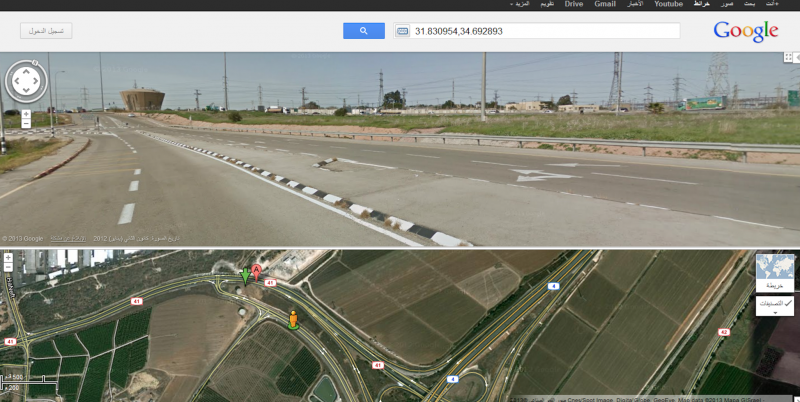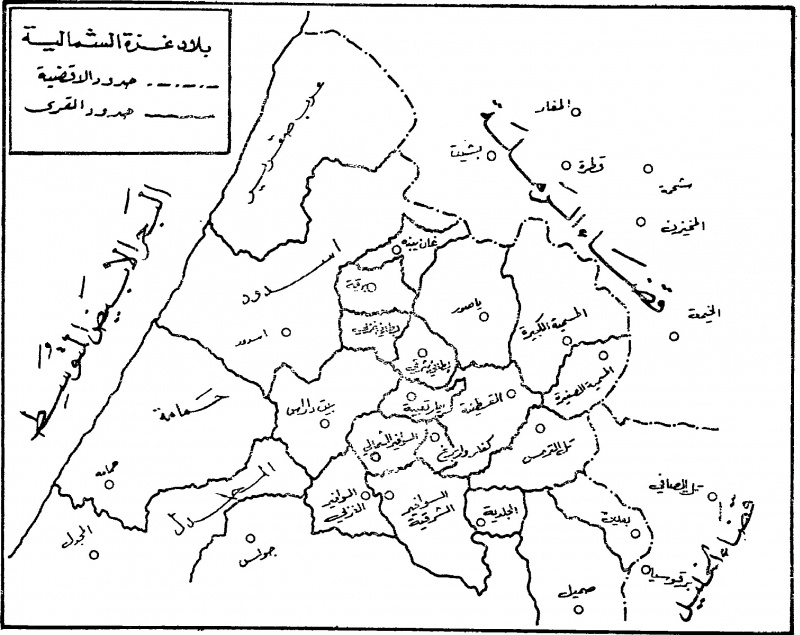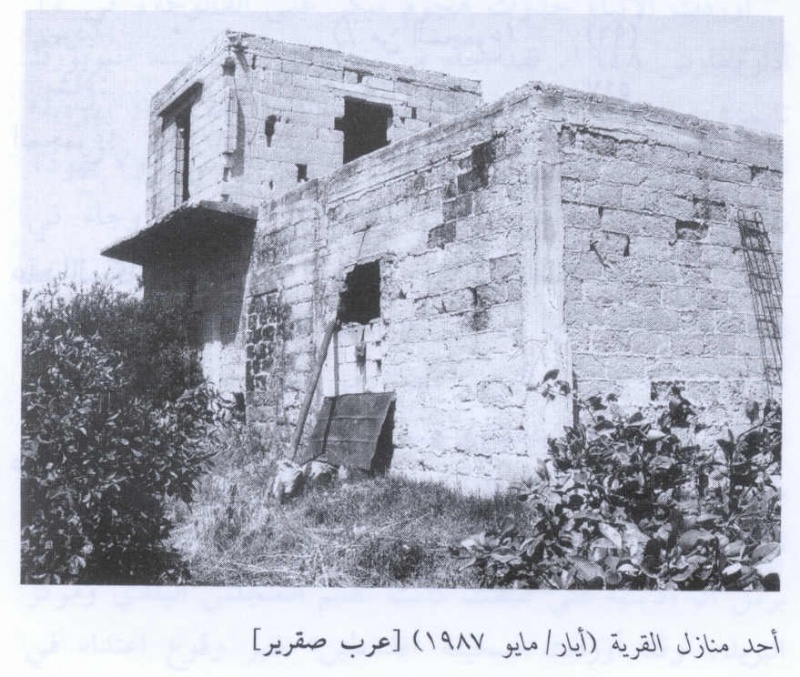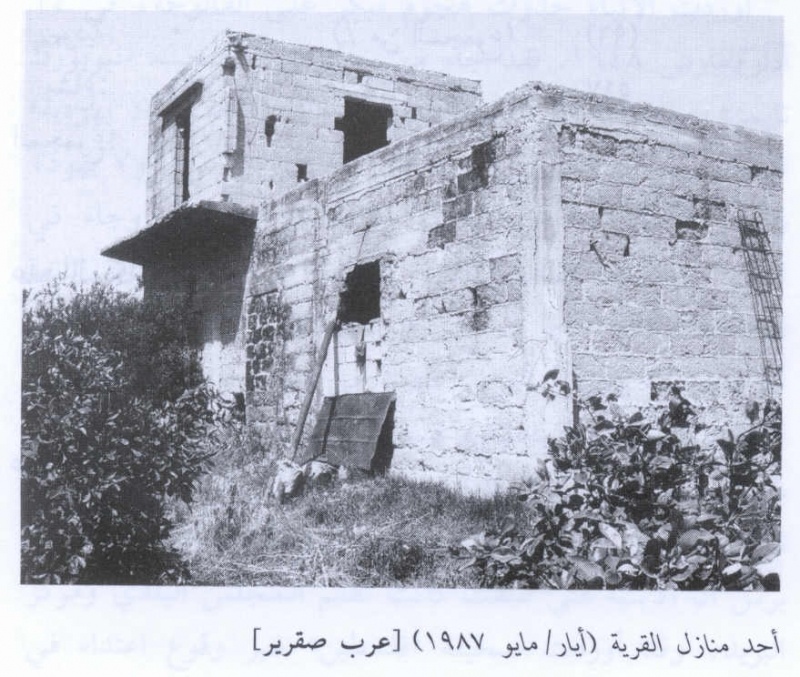Info
District: Gaza
Population 1948: 450
Occupation date: 10/05/1948
Occupying unit: Giva'ati
Jewish settlements on village/town land before 1948: None
Jewish settlements on village/town land after 1948: Nir Galim, Ashdod
Background:
The village was situated in a flat area on the coastal plain northeast of Isdud. Its name may have been a corruption of the Canaanite name Shakrun. In 1596, ‘Arab Suqrir was a village in the nahiya of Gaza (liwa’ of Gaza), with a population of fifty-five. It paid taxes on a number of crops, including wheat, barley, and sesame, as well as on other types of produce, such as goats and beehives. The original inhabitants of ‘Arab Suqrir were muslim nomads who gradually settled on the site, built stone houses, and became farmers. In 1944/45, a total of 583 dunums of their land was devoted to citrus and bananas and 10,232 dunums were allotted to cereals; 489 dunums were irrigated or used for orchards.
Occupation and Depopulation
‘Arab Suqrir was the subject of the first Haganah operational proposal to level a village, made on 11 January 1948. An intelligence report of that date recommends: “The village should be destroyed completely and some males from the same village should be murdered.” Israeli historian Benny Morris states that the report was issued as a result of the “murder on 9 January of 11 Haganah scouts.” But press accounts of the time tell a different story. The New York Times quoted police sources as saying that a party of Jews from nearby Yavne attacked “Wadi Sukrayr” with gunfire on 9 January, adding that the police arrived on the scene and counterattacked. Eight Arabs and twelve Jews were reported killed, the “most costly engagement: of the day. The Jaffa-based newspaper Filastin also reported an attack on the village on 9 January. Morris does mention whether the “retaliatory” raid was ever carried out, but an Associated Press dispatch on 25 January stated that members of the Haganah had bombed fifteen or twenty houses in an Arab village near Yibna. hThe report gave no casualty figures, but quoted informants as saying that the dawn bombing was designed to avenge attacks on Jewish convoys.
The coastal strip where the village is located probably came under Haganah control at the same time as neighboring Bashshit, around 10 May 1948. This whole area was occupied by the Haganah’s Giv’ati Brigade as it extended its control southwards and westwards during Operation Barak. But Morris writes that the village was not physically destroyed until 24-28 August, during Operation Nikayon “(Cleansing”), also conducted by the Giv’ati Brigade. The Brigade made use of the second truce of the war “to expel all unarmed (persons) from (the area),” according to the operational orders. A Giv’ati intelligence officer claimed that most inhabitants had left by the time the orders were implemented, so the units bew up stone houses and burned huts, and “ten Arabs who tried to escape were killed.”
Israeli Settlements on Village Lands
Two settlements are located on village lands: Nir Gallim, established in 1949, and Ashdod, established in 1955. Bene Darom, established in 1949, is close by to the east, on lands that belonged to the city of Isdud.
The Village Today
The site is overgrown with weeds, a few cactuses, and trees. Two houses remain standing. One of them in a citrus grove and has a concrete frame and cinder block walls. On the top of its flat roof there is an ‘illiyya (a single master bedroom or guest room on the top floor, usually found in the houses of wealthier villagers asa symbol of wealth and prestige. A ladder leans against the dilapidated side wall.
----------------------------
Source: All That Remains: The Palestinian Villages Occupied and Depopulated by Israel in 1948. Walid Khalidi. Institute for Palestine Studies, 1992.





